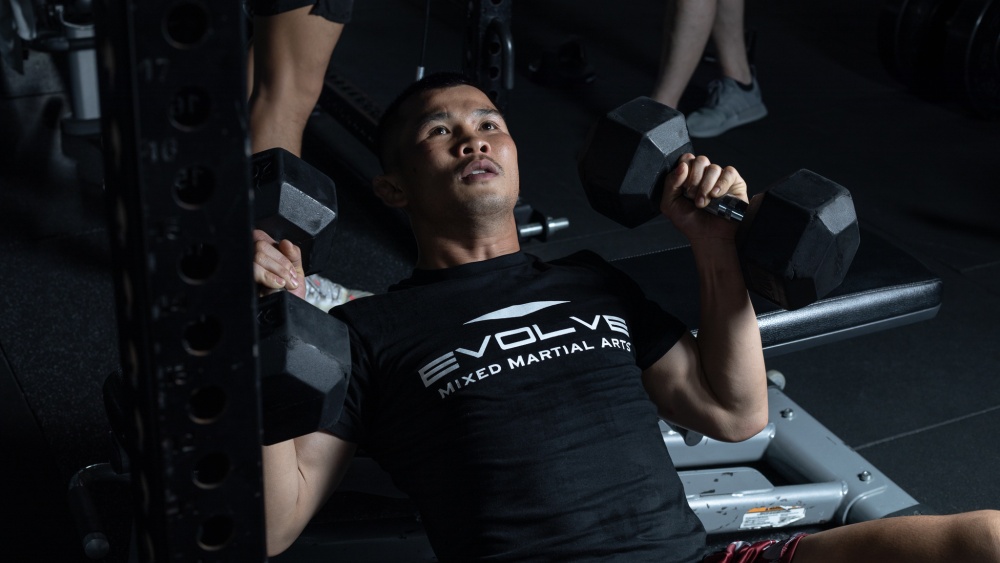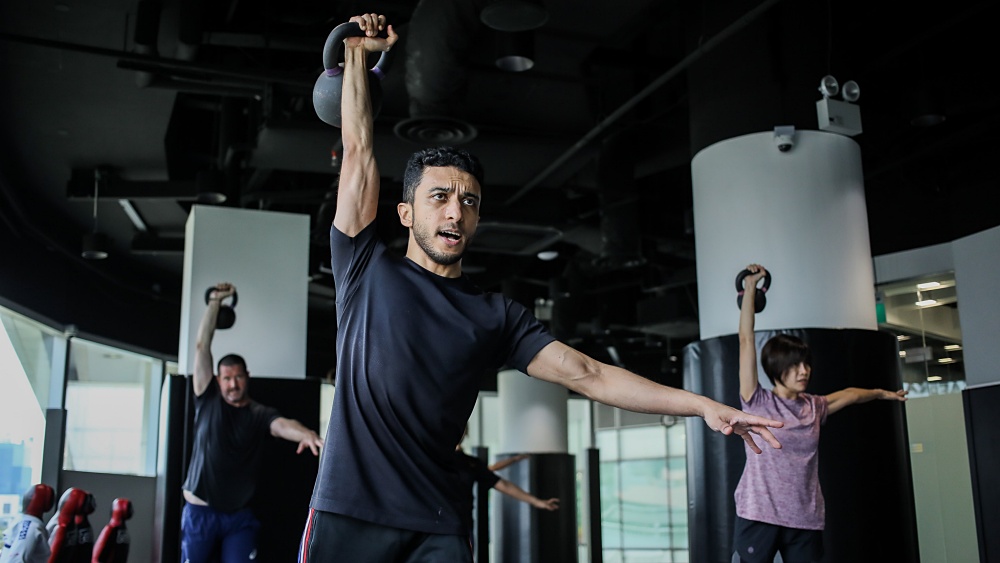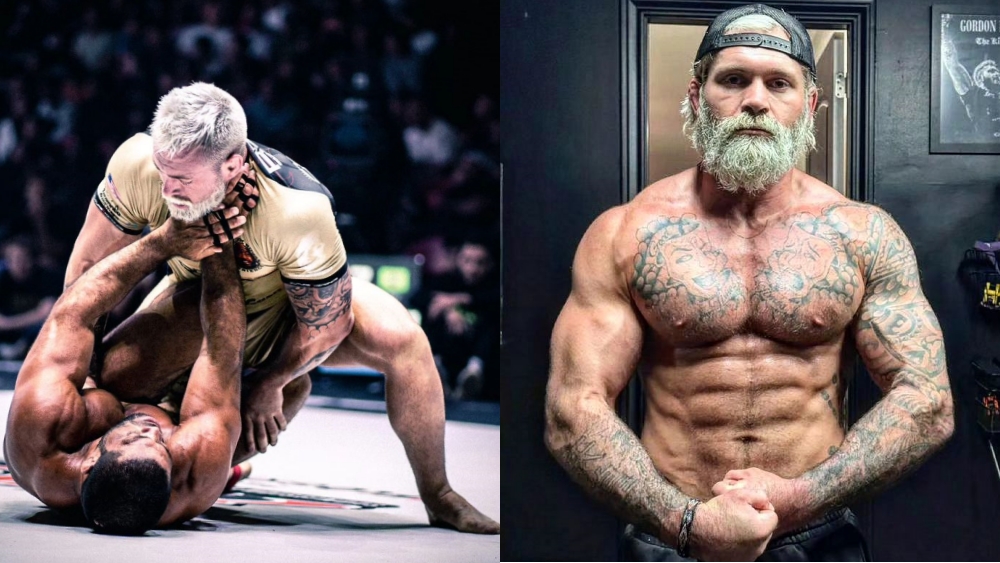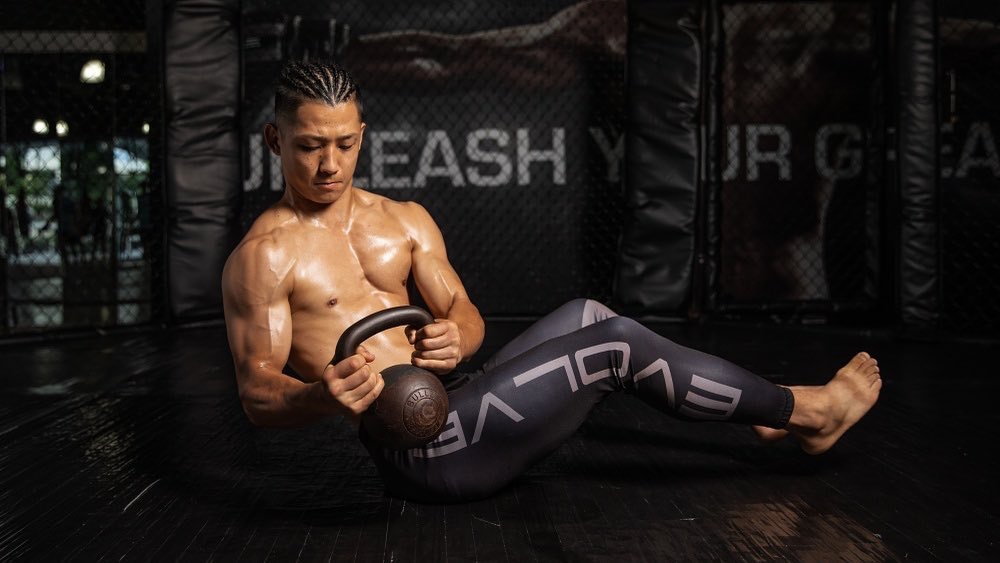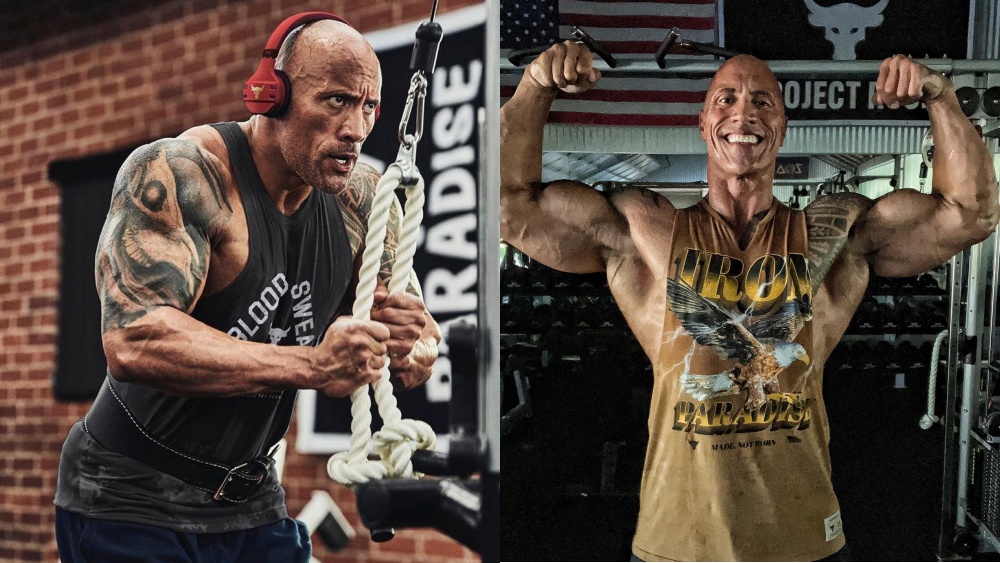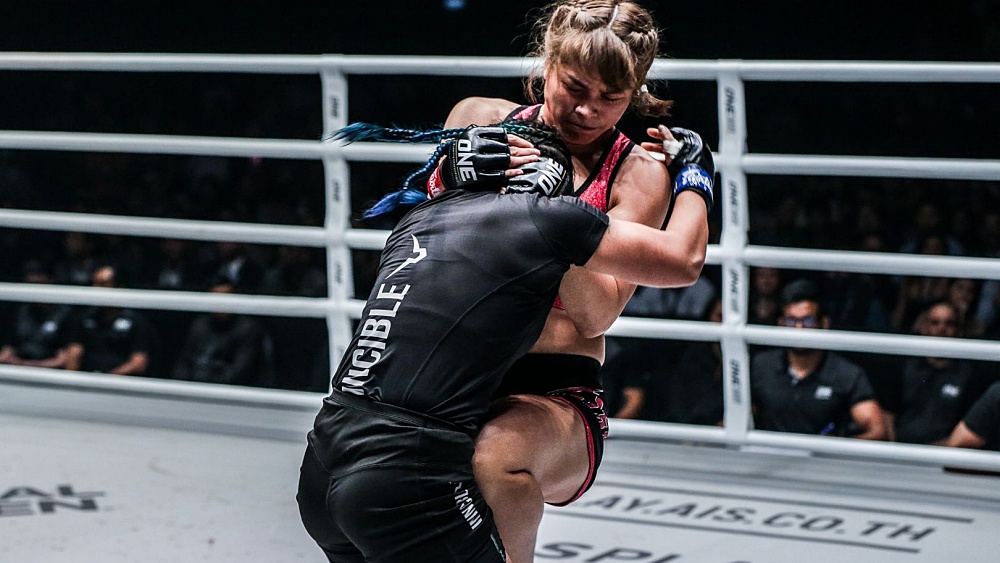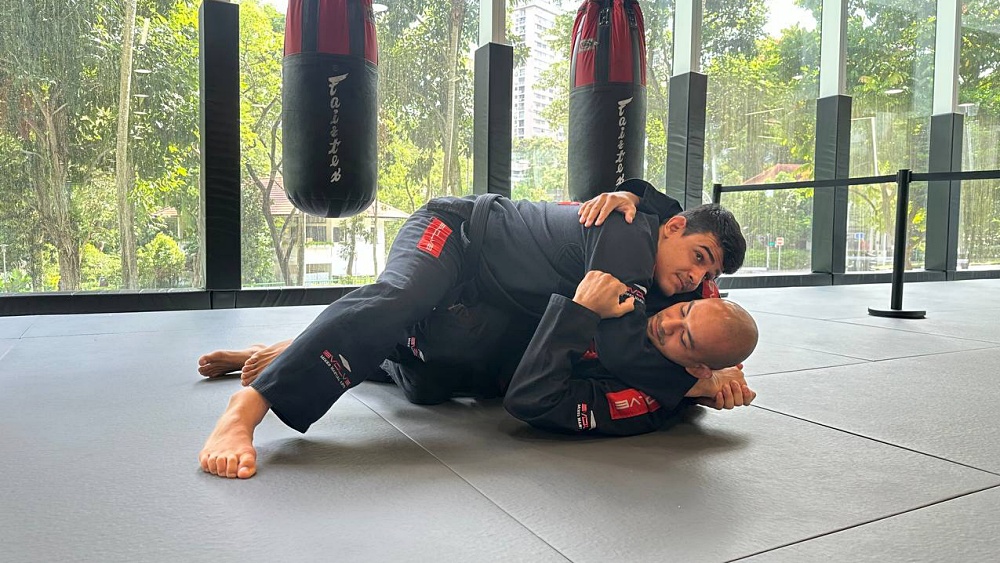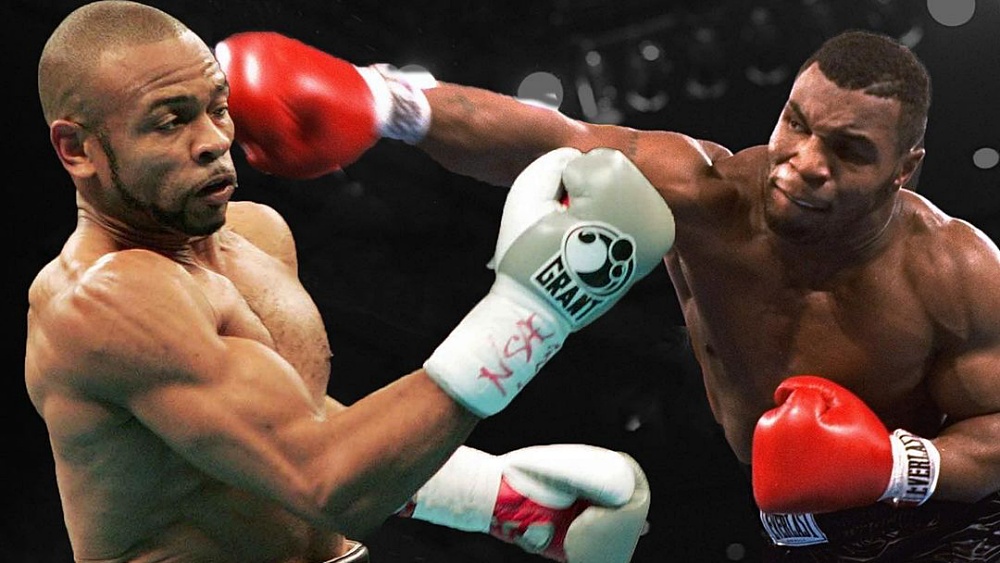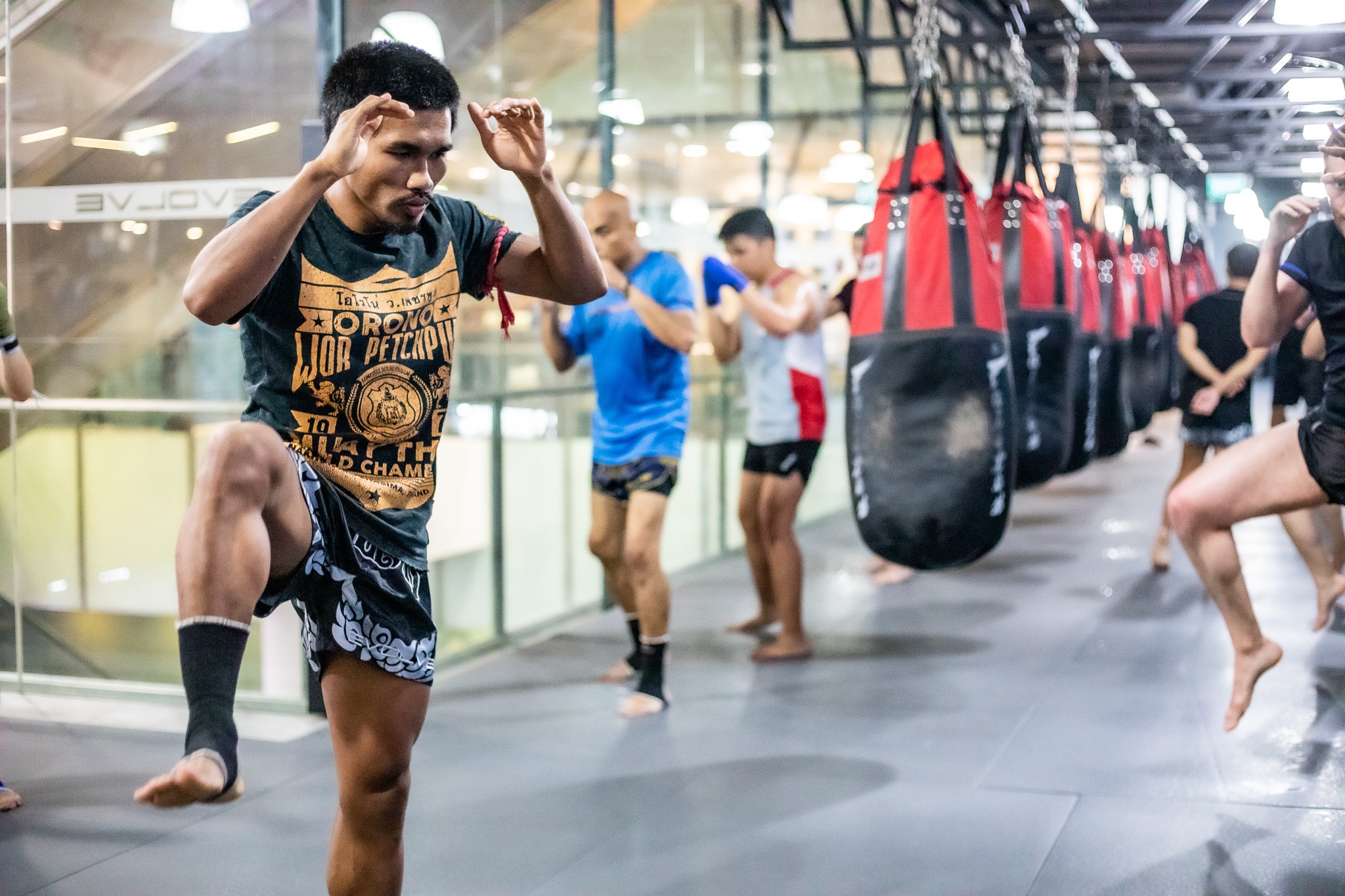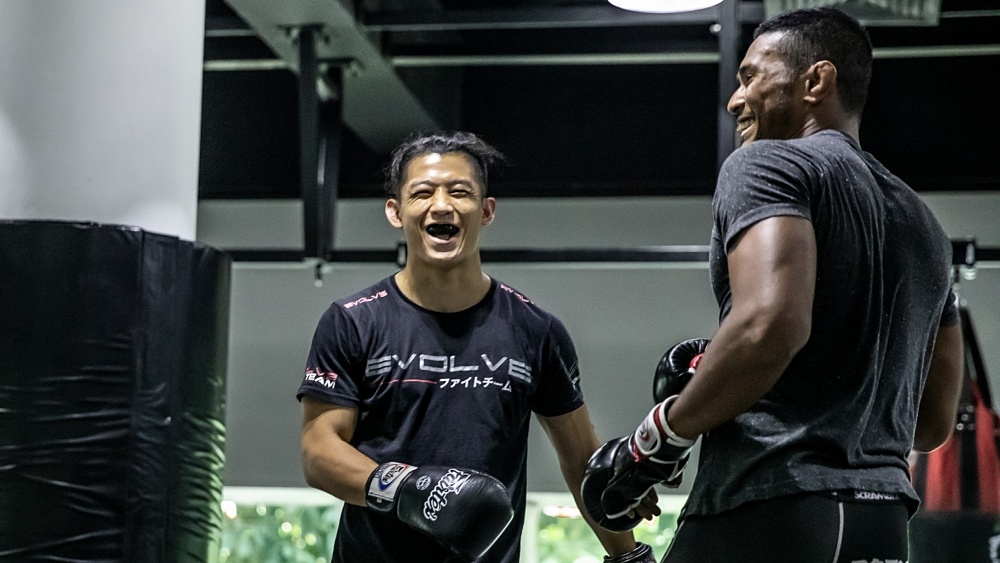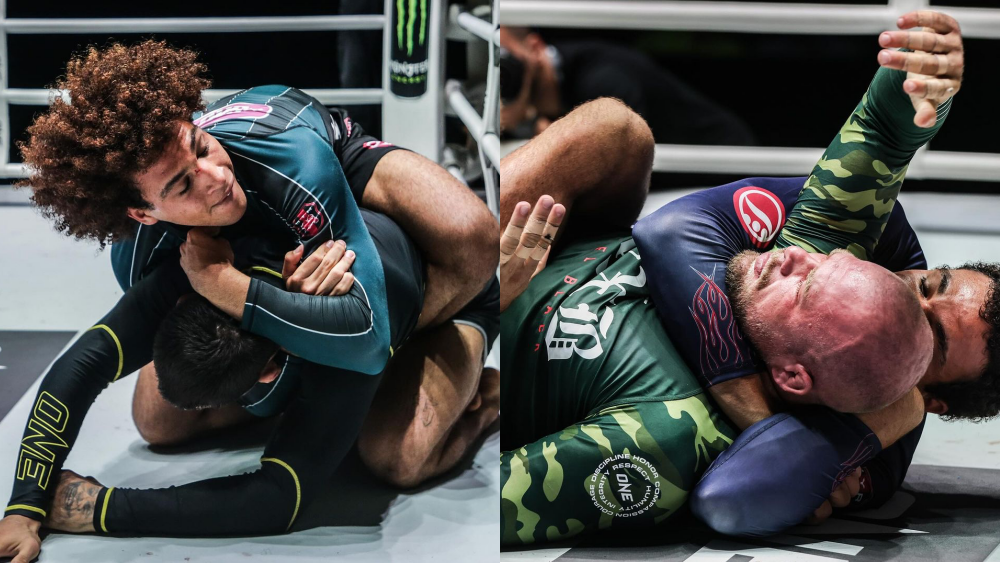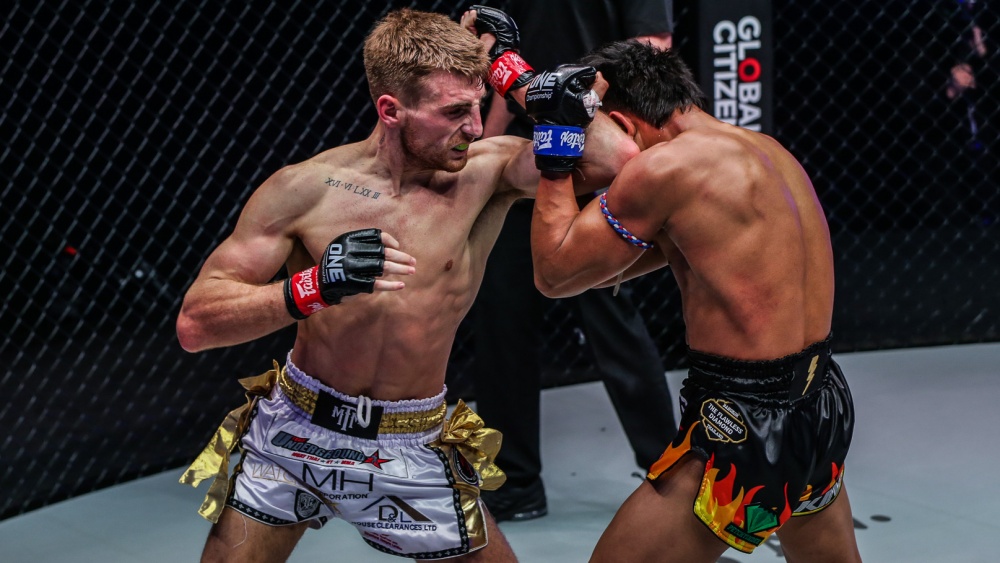Workouts that work the chest muscles sculpt your torso, giving you a physique to be envied. The health benefits you get from adding chest exercises to your fitness routine are even better. Chest workouts also make it easier to perform everyday movements like pushing, lifting, and squeezing. This means you gain the upper body strength to push heavy objects, move furniture and execute the perfect pull-up.
Building chest muscles increases the body’s lung capacity during intense exercise. The pectorals help deep inhalation by pulling the ribs outwards to make extra room for expanding lungs. This means powerful pectoral muscles make your body more efficient at drawing and supplying oxygen.
Different exercises work the pectoral muscles in different ways. Keep going to learn about effective workouts for your chest, starting with the muscles you need to target.
About The Muscles In The Chest
Two layers of pectoral muscles cover the chest, the shoulders, and part of the ribcage. The primary function of these muscles is to facilitate the arms’ vertical, lateral and rotational movement. Pectorals also help with deep inhalation during intense exertion or voluntary breathing exercises. The general structure of the chest muscles comes down to:
1) The Pectoralis Major (outer layer)
The pectoralis major fans across half your chest, starting at the shoulder and ending at the breastbone. This means the chest has a pair of outer pectoral muscles, each sitting under its respective breast. Each pec has at least six sets of muscle fibers that can move independently of each other.
2) The Pectoralis Minor
The pectoralis minor is a triangular muscle that sits directly under the pectoralis major. It extends from the upper ribs to the scapula, near the shoulder joint. The primary function of this muscle is to hold the shoulder joint in place. This is why exercising the inner chest muscles improves shoulder stability and, by extension, your posture.
3) Serratus Anterior
This fan-shaped muscle lines the side of the chest wall, where it plays a supporting role to the pecs. A large part of the serratus anterior lies under the pectoralis minor, and you’ll notice its presence whenever you lift a weight over your head. The muscle also stabilizes the shoulder joint by keeping it in place whenever you push a weight.
When it comes to building muscles, pumping out some fast reps will not get the job done. Research conducted by the Journal of Physiology shows that slow, controlled reps are the most effective way to target your chest muscles.
The number of reps you perform also affects the type of results you get. People focused on increasing the mass and size of their chest should work out using weights they can only lift four to eight times. This helps to encourage optimal muscle growth. Those who are more concerned with improving the definition of their chest should aim for eight to twelve reps when performing exercises.
The chest muscles should be exercised at least once a week to see consistent improvements. You can target it more than once per week for faster results. Just make sure you’re taking at least a day off between workouts.
Exercises That Target The Chest Muscles
All three sets of muscle come in pairs, one for each side of the body. Here is a list of effective exercises that target chest muscles in different ways, starting with the classics.
1) Bench Press
The bench press works the outer chest muscles (pectoralis major) and the muscles at the sides of the chest wall (serratus anterior). This also targets the arms, core, and shoulders muscles.
Your starting position for the bench press is on a flat bench, with a loaded barbell above you. Now take the following steps to do one rep:
- Grip the barbell with your hands slightly wider than shoulder-width apart.
- Engage your core and lower the weight towards your chest.
- Now lift the weight away from your chest to complete the rep.
Do a set of 10 to 15 reps in perfect form, with a one-minute break between sets.
2) Dumbbell Press
This exercise targets the major and minor pectoral muscles and most other muscle groups of the upper body. Do a dumbbell press by raising a pair of dumbbells away from your chest as you lie on a flat bench. Good form requires holding the dumbbells at shoulder width and engaging your core.
You can also change it up with a dumbbell squeeze press to target the pectoralis major. Or you could use the dumbbell incline press to target the upper pecs. Similarly, the dumbbell decline press will target the lower pecs.
3) Dumbbell Fly
Doing this exercise builds the muscles in the arms, chest, and core. Lie on a weight bench with a dumbbell in each hand. Now extend your arms directly above you and lower them to form a T-shape. Now raise your arms back above your head to complete one rep.
4) Push-Up
This compound exercise forces the arms and pectoral muscles to push your body weight away from the floor. Maintain good form by contracting your core muscles to keep your spine straight.
5) Front Squat
The front squat forces your core, back, and chest muscles to propel a weight upwards while you’re on your feet. Start the front squat by holding a loaded barbell against your chest, with your hands at shoulder width. Now engage your core, lower yourself into a squat and raise yourself back to the starting position.
6) Overhead Press
The overhead press targets the serratus anterior, pectoralis minor, and pectoralis major. At the same time, the exercise works the arms, upper back, and shoulders. Complete one rep of this exercise with the following steps:
- Pick up a pair of dumbbells, or hold a barbell with your hands shoulder-width apart.
- Position your feet slightly wider than shoulder-width distance.
- Raise the weight to your shoulders, keeping your hands at shoulder-width distance.
- Extend your arms above your head and lower them back to shoulder level.
Do several sets of 10 reps and pause for a few seconds between sets.
7) Chin-Up Or Pull-Up
This age-old exercise recruits the upper body muscles to propel your body weight past an overhead bar. Your pectoral muscles are forced into an upward and forward motion that is hard to replicate with other chest exercises.
8) Cable Fly
The exercise looks like the upright version of the dumbbell fly but with resistance cables instead of free weights. This change in position and equipment also changes the motion of the pectoral muscles. With the cable fly, the pectoral muscles flex downwards, leaving the shoulders and back to deal with gravity.
9) Chest Dip
Chest dips target the pair of pectoralis major muscles responsible for adding visible bulk to the chest. This compound exercise sculpts the chest by burning fat and stimulating rapid muscle growth. The chest dip will also force your serratus anterior to stabilize your shoulders with each push.
You need gym equipment (specifically a dip station on an exercise machine) to execute the chest dip. One rep of the exercise involves the following steps:
- The bars of the dip station will be supporting your body weight, so grab them with your palms facing inward.
- Fold your legs under you, a move that will have you supporting your body weight with your arms only.
- Engage your chest and core muscles, then push against the hand bars to propel your body upwards.
- Your hips should clear the hand bars, and your arms should now be completely straight.
- Lower your body such that your chest is level with the hand bar.
The chest dip can be a challenge for beginners, but other exercises on this list make for good preparation.
10) Decline Bench Press
Decline bench presses target your lower chest muscles, forcing them to handle a more significant portion of the load as you press up the weights. It’s an effective way to add mass to your chest region, and it places less stress on your shoulders compared to the flat bench presses.
Here’s what the exercise looks like:
- Lay flat on a declined bench and grab the barbell with your hands slightly more than shoulder-width apart.
- Once ready, take a deep breath and lift the weight off the rack, lowering it slowly towards the middle of your chest.
- Push the barbell back to the starting position, using your chest muscles to do most of the work
Take note that the bench should be declined by about 15-30 degrees for this exercise because the focal point is your lower chest. Any lower would place unnecessary stress on your back when trying to compensate for the weight and movement of this exercise.
Build Your Chest Muscles With Simple, Effective Exercises
An effective chest workout should include exercises that put the pectoral muscles through various movements. You should also target all three muscle sets to reap maximum benefits from your chest exercises. Most importantly, remember that chest exercises are just one part of a full-body fitness regimen.
You may also like:
